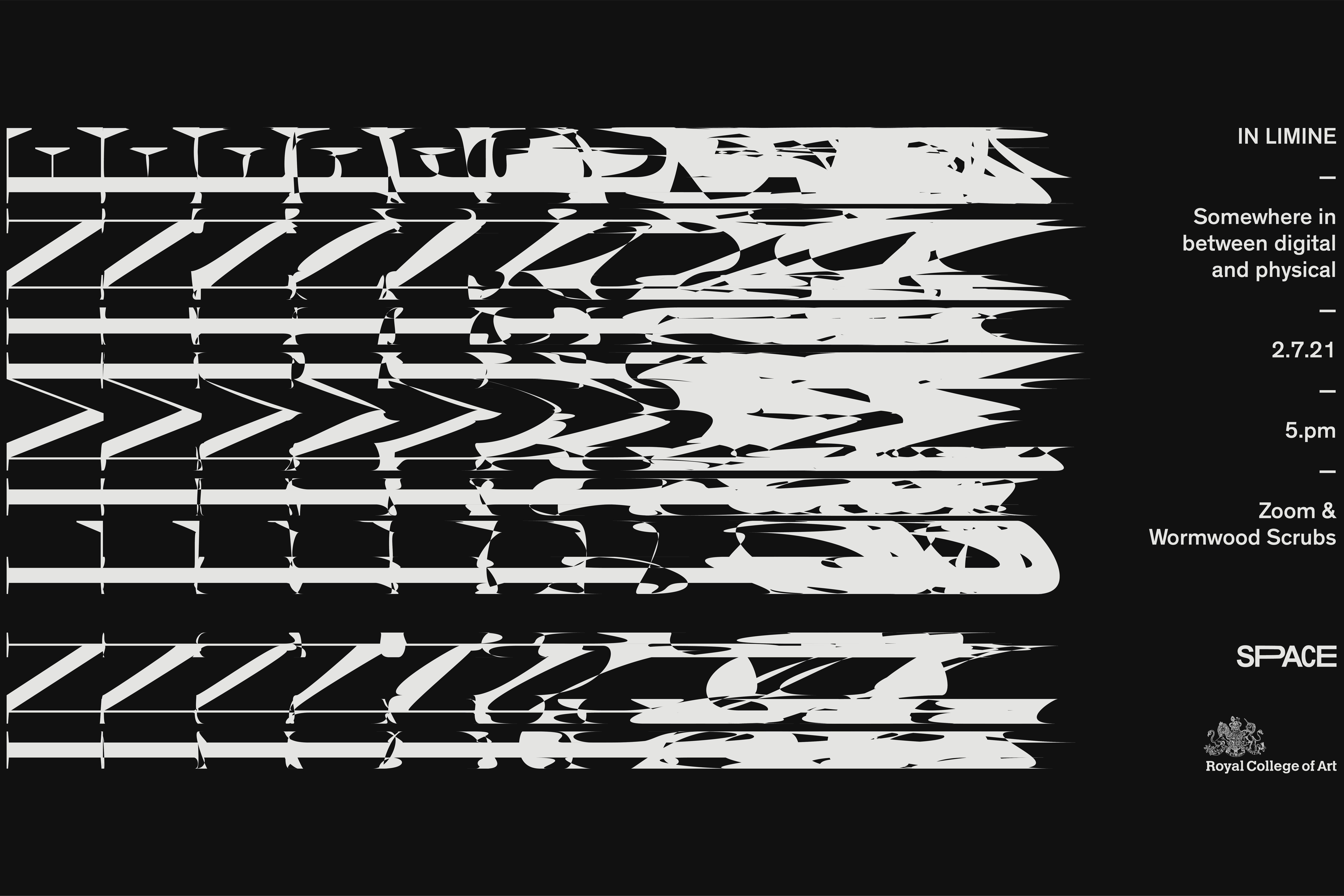Claudia Palčová is a Slovak mixed media designer who uses material experimentations as a starting point to fuel her speculations about our future environments. Interested in the imagination of built forms as extensions of our skin, Claudia creates interactive installations and objects that invite the audience to actively engage with her work, generating space for outcomes and output of the work to be determined by the interaction.
Claudia Palcova
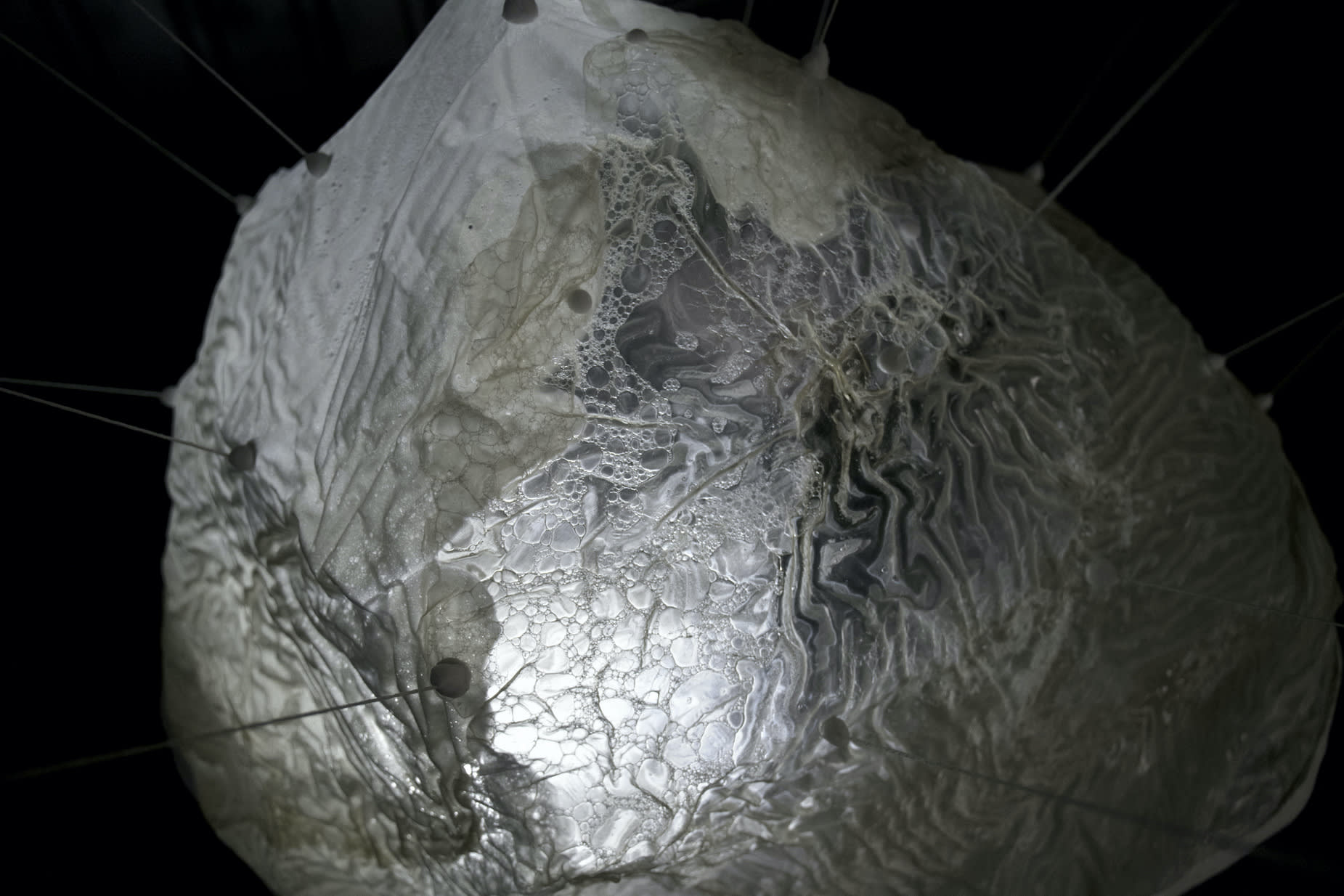

Poriferous morphologies of our precarious futures is a speculative installation which explores the plausible futures of temporary housing. Merging material and theoretical research it aims to challenge people to rethink their understanding of space and place in order to broaden our physical and emotional relationships with built environments.
Manifesting in the form of an audio-visual installation and material research project, this piece aims to nurture more instinctive relationships with our personal spaces, blurring the boundaries between our bodies and their surroundings. Constructed from cooked biodegradable materials, the installation reimagines the role human beings play in designing, constructing and maintaining our surrounding environments.
The work will be exhibited at the IED 'Beep Beep' event, 23rd-25th July, Menier Gallery.
IED hotline extension number #215
To leave a comment or say anything nice about my work, please dial the free IED hotline number 020 39831592 or overseas +(44)2039831592. International calls cost subject to your operators fees.
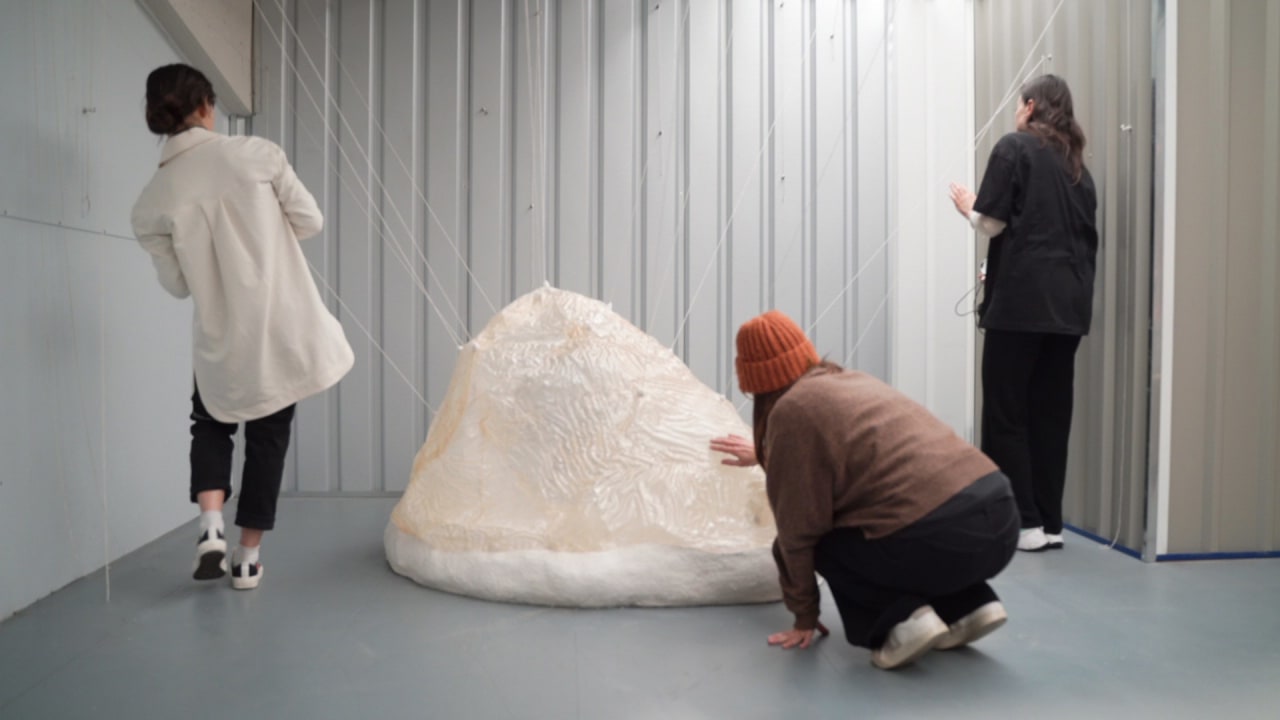
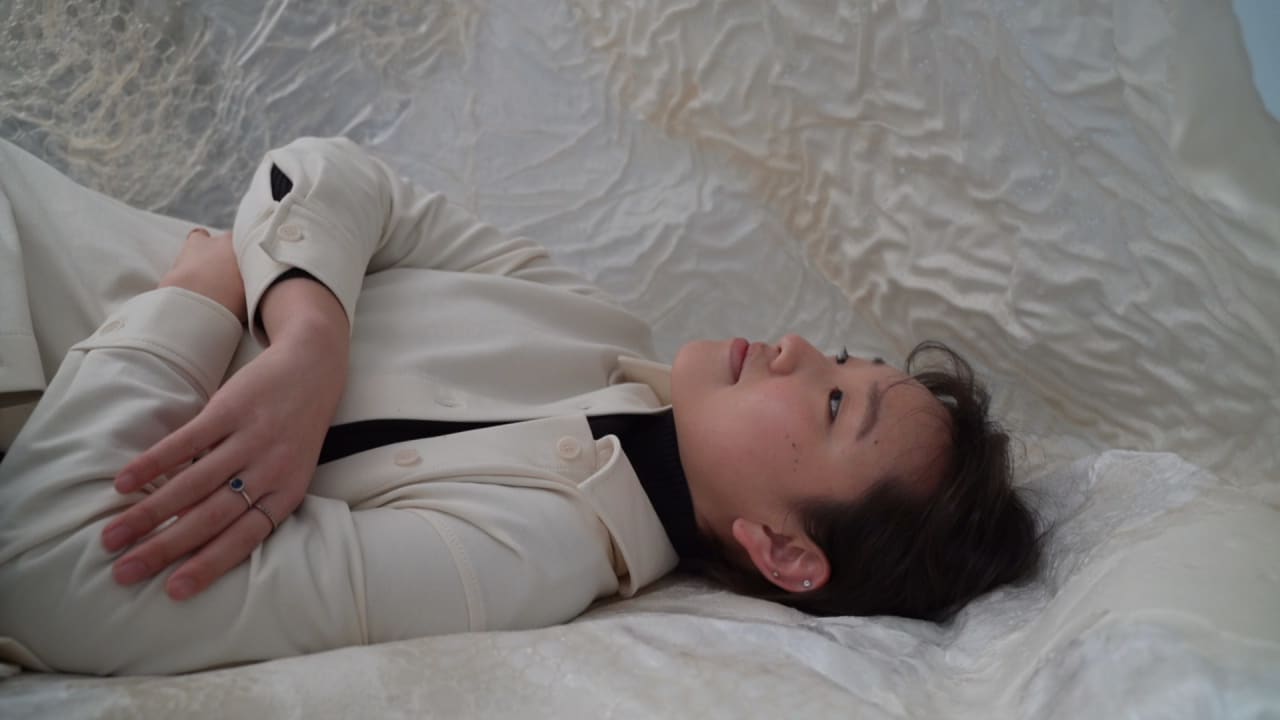
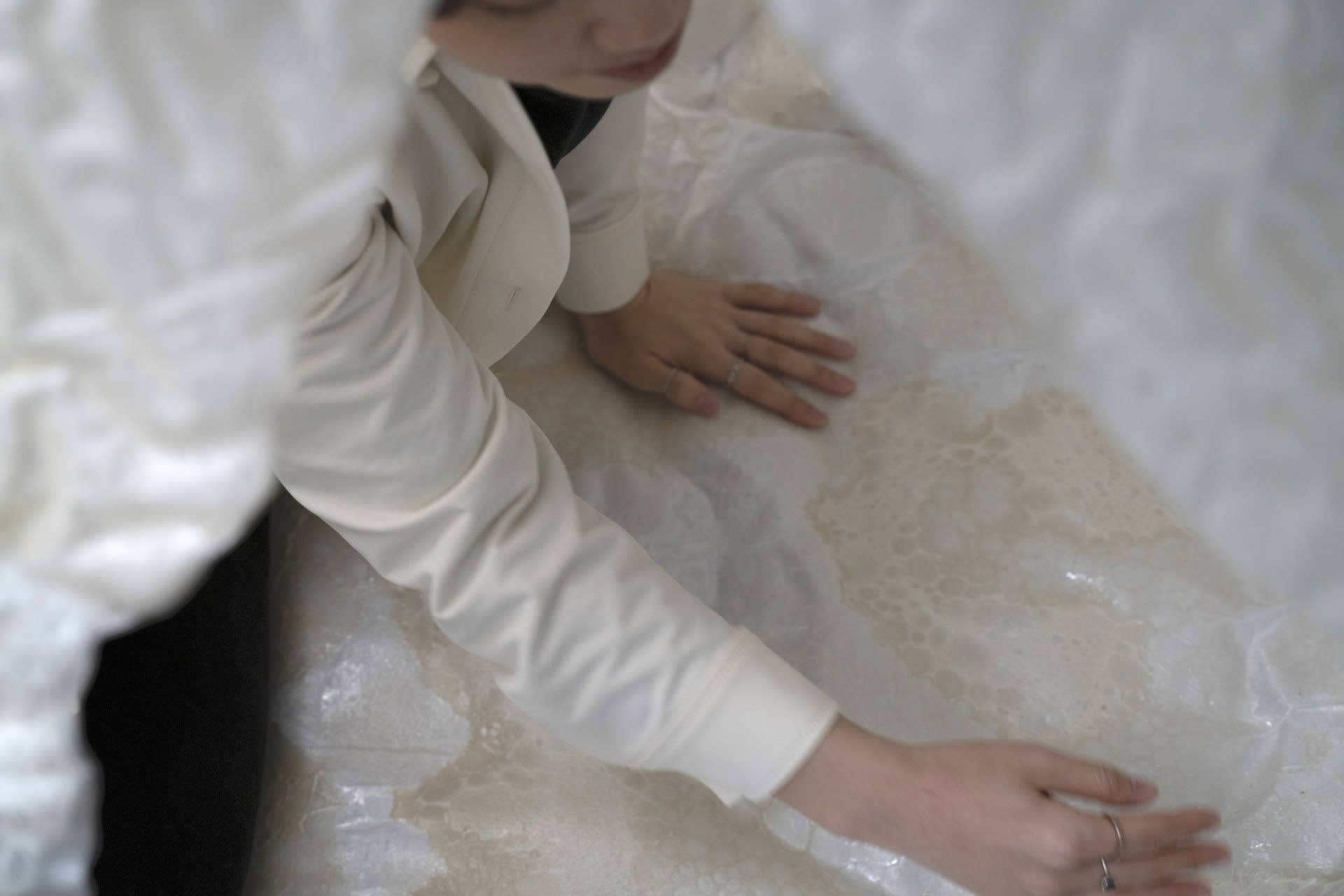

This interactive installation applies findings from biomaterial experiments to construct a temporary shelter that can adapt its form and translucency to meet the resident's changing needs. Reliant on support from built environments, this piece encourages a conversation about the relationship between temporary and permanent housing structures, their individual advantages and disadvantages and how they can coexist in symbiosis in urban environments.
Medium:
biofoam, bioplastic, silk organza, cotton, wool, papier-mâché, polymorph plasticSize:
120 x 150 x 120 cm




Cooked architectures is an ongoing research project which explores sustainable materials and methods that are adaptable and responsive to their environment. These non-invasive, temporary alternatives to traditional building methods speculate about the physical qualities and the required longevity of our living spaces.
All material samples were cooked at home with limited means, emphasising void as the main tool for manipulation and modification of their physical qualities.
Medium:
bioplastic, silk
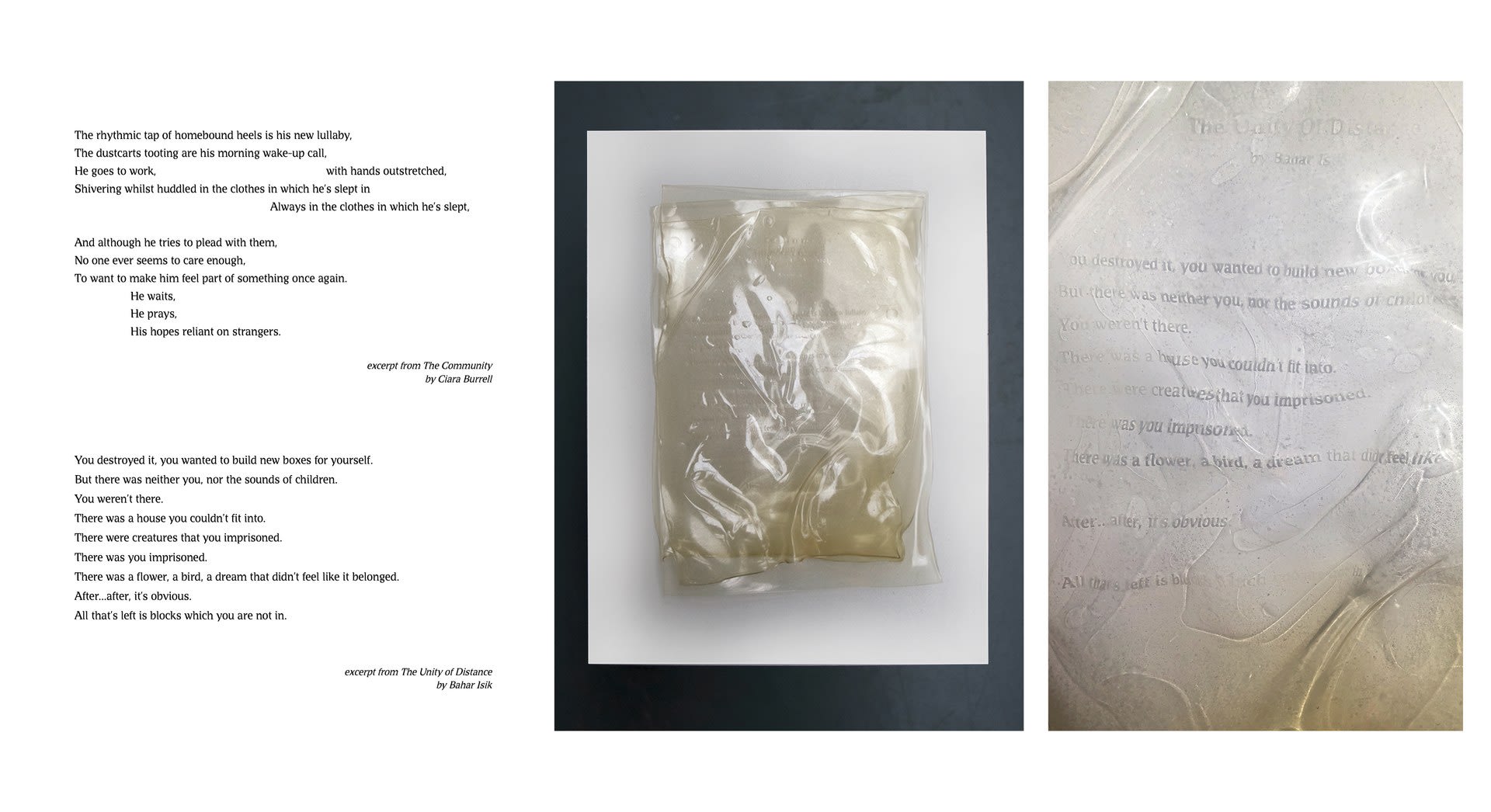
The soundscape guides the audience from the current urban environment to its plausible and possible futures. Opening the space with poems addressing issues of housing scarcity, gentrification and social exclusion, the installation invites the audience to actively respond to the current social, political and economic situation in their city. The audio further develops into a morphing soundscape within the installation, providing a space for conversations and speculations about the tangible and intangible qualities of our future homes.
In Collaboration with:





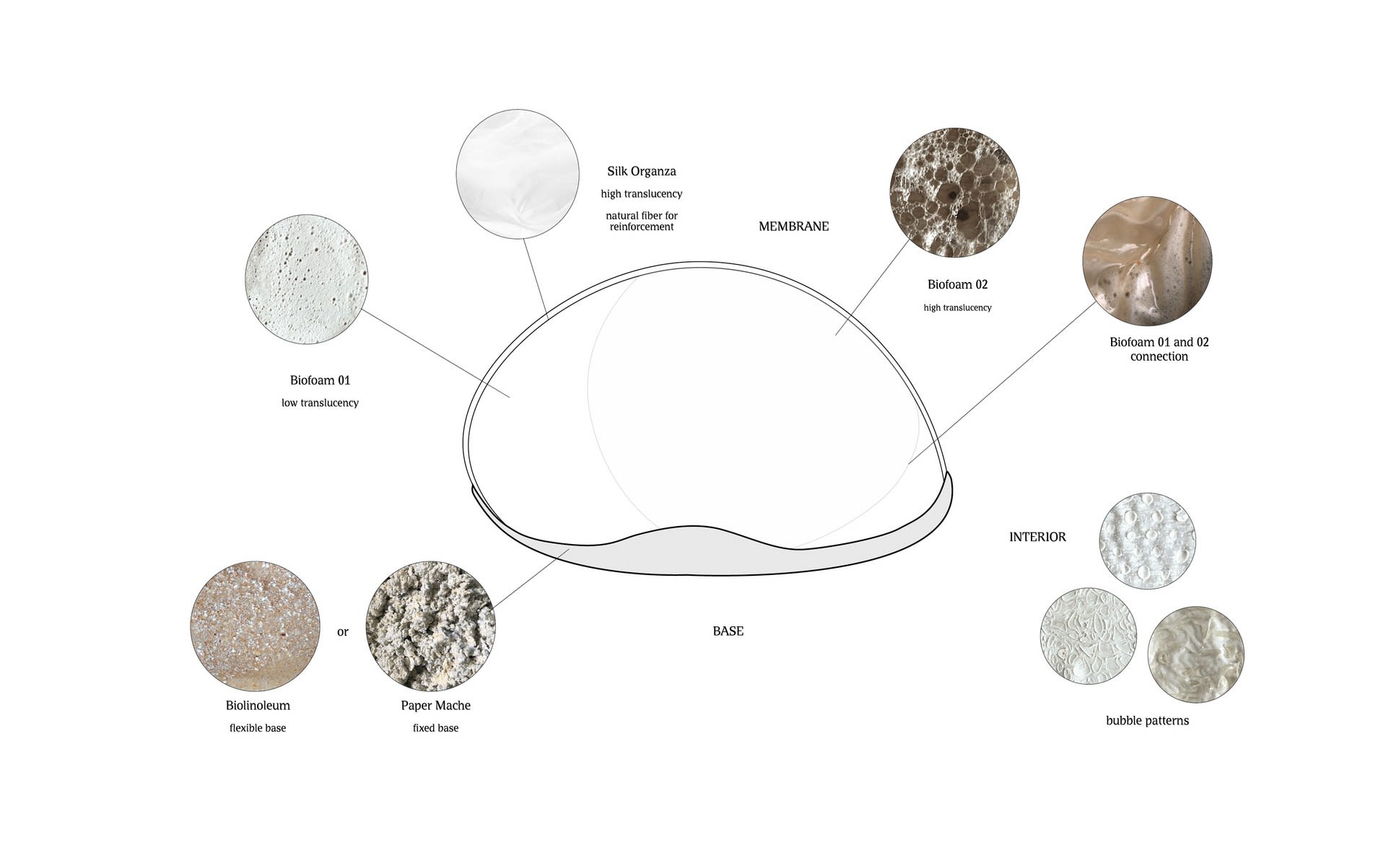


Collection of sketches, models and material experiments exploring the idea of built structures serving as an extension of our skin. Inspired by natural forms and structures, the aim was to create a single membrane structure that can serve multiple purposes - support and disruption, connection and isolation, stability and flexibility.

